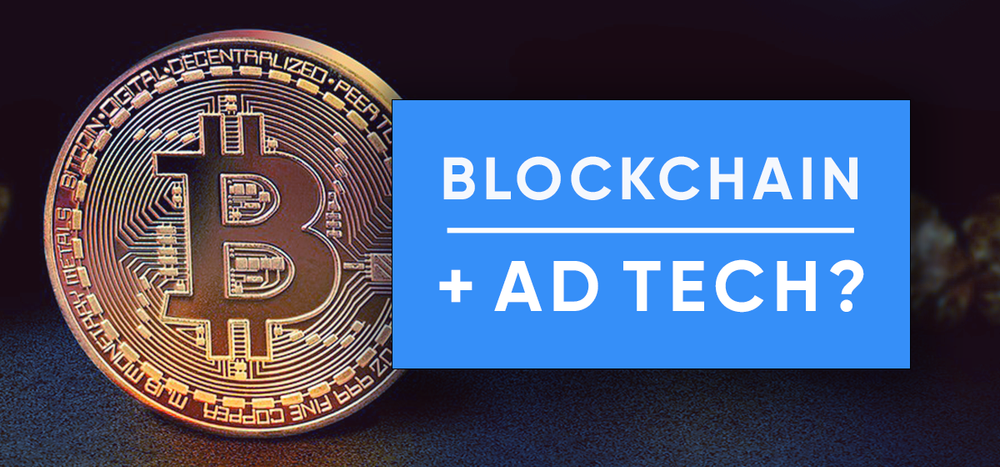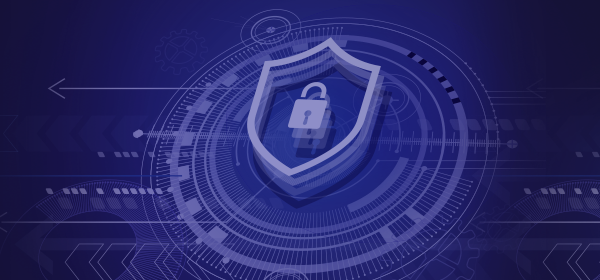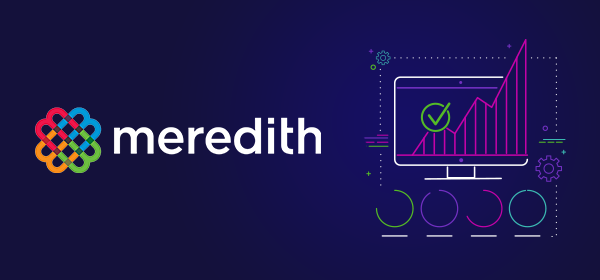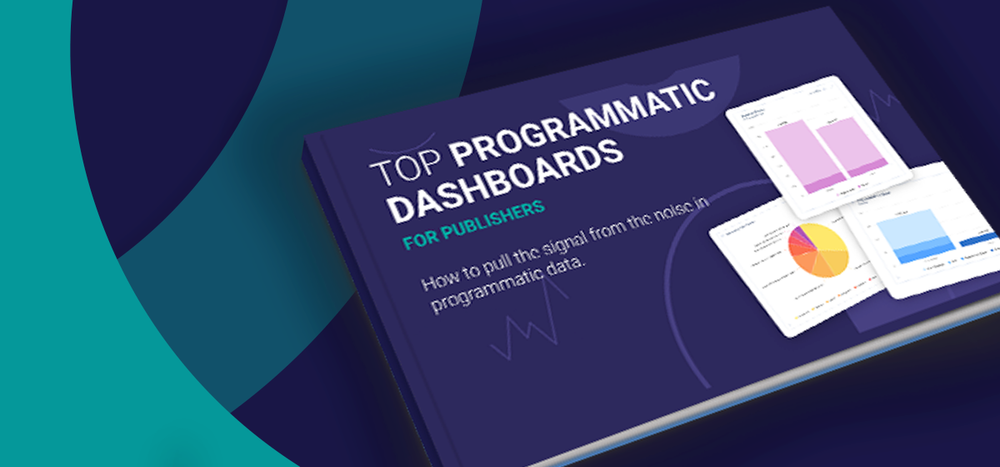By now, you’ve likely heard of blockchain and are familiar with some of the buzz surrounding it. Blockchain is most often mentioned as being the underpinnings of popular cryptocurrencies like Bitcoin, but the digital ledger technology is now making appearances in other industries. Advocates of blockchain technology believe that it will fundamentally change how information is communicated, and the tech world is eager to find new applications for it.
The enthusiasm seems to have caught on in a big way. In 2017 companies worldwide utilized blockchain to solve a broad range of problems across a variety of fields, including financial tech, healthcare, and transportation. This March, IBM and Unilever partnered to invest in a blockchain-based solution to the transparency issues within the ad tech industry. This move puts them in league with several other startups looking to bring blockchain to ad tech.
At this point, you might find yourself wondering if blockchain can really live up to all the hype. In this post we’ll explore the realities of blockchain, including its potential uses in ad tech and its current limitations. First, we’ll need to look at what blockchain is and the scope of what it can do.
What Is Blockchain?
To understand the potential applications of blockchain, it’s important to have a basic knowledge of how it works. Simply put, blockchain is an open, publicly agreed upon digital ledger that keeps a permanent and ostensibly unchangeable record of transactions between users. Furthermore, because blockchain is decentralized there is no need for a central administrator and networks can either remain private with restricted access, or public and accessible to anyone.
William Mougayar, a blockchain specialist, draws an analogy between blockchain and Google Docs. Traditionally, document sharing has meant sending Word documents back and forth, waiting for one person to be done with their revisions before being able to see them and make changes. Current databases are similar in that two owners can’t be manipulating the same data simultaneously.
Enter Google Docs, which allows multiple parties to have access to a document at the same time, with a single version of said document that is viewable to all users and can be shared with others. This is comparable to how blockchain technology works, but with a ledger, not a document.
Using blockchain instead of traditional databases eliminates a great deal of recordkeeping and integrates data from multiple parties in a time-stamped and chronological order. This provides transparency in supply chain transactions and allows users to transact peer-to-peer with a high degree of confidence. It also allows for a certain degree of data security, as the decentralized nature of blockchain renders traditional hacking methods obsolete.
Using Blockchain in Ad Tech
Blockchain seems like a natural answer to some of the problems endemic to ad tech. Let’s take a look at some specific ways blockchain could work for the digital ad industry.
- Supply chain transparency. Blockchain provides a built-in structure for reliable, trustworthy interactions between different parties. Each transaction written into a blockchain ledger is visible to users with access to the chain. Identities cannot be masked because each exchange of data is encrypted and only authorized transactional parties hold keys. Therefore all parties involved in the blockchain are verified and are identifiable by their unique key. This shuts out any potential for undisclosed intermediaries and halts unethical inventory manipulation. As an example, the unethical tactic of creating near identical copies of actual URLs and tags would be put to a stop by blockchain, as publishers and third parties would be recognizable by their key rather than a name and each inventory unit could be traced back to its origin.
- Unmasking discrepancies. Another way that blockchain could be applied to ad tech is by using it to remediate disparities in multiple sets of data that are spread over different servers. For instance, when trying to reconcile impressions at the end of a campaign between the platform, the publisher, and the advertiser, who all may be reporting different numbers. These 3rd-party discrepancies are a surprisingly common pitfall which leaves advertisers with the unpleasant task of arbitrating which metrics will provide the basis for billing. Using blockchain to record impressions would create an accurate and indisputable record of data, thereby reducing the necessity for redundant processes.
- Facilitating data sharing. Data sharing is perhaps where we will see broadest application of blockchain technology. Blockchain’s very nature as a distributed ledger engenders it with collaborative capabilities. Recent ventures such as Comcast’s Blockchain Insights Platform have sought to streamline the process of data sharing by utilizing blockchain to enable asset sharing without having to give valuable data to a third party, which works by using the unique user keys described above. “Smart contracts” is another development using blockchain that promises to enable data sharing via an automated transactional protocol that executes the terms of a contract. Smart contracts have already been used to ease friction in multinational insurance policies, and with the launch of AdLedger Consortium, a group backed by IBM and blockchain startup MadHive, digital ad industry insiders have demonstrated they are ready to experiment with how smart contracts would benefit ad tech.
Challenges
With any technology, there are realities and limitations that affect wide-scale implementation. Blockchain is no exception. These are some of the issues that blockchain technology is facing currently.
- Energy consumption. Bitcoin’s blockchain runs on an algorithm that in 2018 could consume more energy than Argentina, according to a recent Morgan Stanley estimate. Energy consumption issues is one of the biggest problems holding blockchain back from mass adoption. Businesses have an incentive to avoid the energy expenses necessary to operate a blockchain. The culprit behind out of control energy consumption is known as “proof of work”, or more commonly as “mining.” Mining involves continuously running an algorithm verifying all computers in the network agree that the information in the digital ledger is true. But steps have been taken to resolve this pervasive issue. Bitcoin’s main competition, the open-source, blockchain-based Ethereum announced at the end of 2017 that it would transition to a new type of validation system known as “proof of stake”, which would select validators in a lottery based system where odds increase based on a user’s stake rather than reward users for mining. This new blockchain would reduce energy consumption to near zero.
- Speed issues. Proponents of blockchain in ad tech envision a digital environment where the technology is used to process ad transactions as they occur. However, as it stands blockchain is just too slow to keep up with the realities of programmatic trading. DSPs process millions of near instant transactions, and IAB guidelines suggest that responses in real-time auctions be returned in less than 100 milliseconds, a speed that outpaces blockchain’s current abilities. Bitcoin, one of the best-known blockchain applications, can only handle 4 to 7 transactions per second. Comparatively, Ethereum can handle 15 transactions per second. There are currently several approaches to improve speed being examined, including running blockchain privately, using proof-of-stake rather than proof-of-work, and supporting micro-transactions for digital ad buys. However, the reality remains that blockchain has a persistent scalability problem that must be addressed before it can be used as a real-time platform.
- It can be hacked. While blockchain may provide more data security than current options, no technology is completely impervious to exploitation. Ironically, the novelty of blockchain’s security attributes may attract hackers and thieves looking for a new challenge. Currently, there are two known types of attacks on a blockchain. First, the “51% attack” is mostly endemic to Bitcoin blockchain and happens when the most active miner on the network gains the ability to manipulate the ledger and decides to do so unethically. Second, the “eclipse attack” involves crippling individual nodes of blockchain in a way that allows the hacker to manipulate the ledger as they please. Potentially, a hacker could cause issues with transaction verification (making it seem as if a transaction never occurred) or cause a complete reversal of already recorded transactions, undermining the trust and transparency blockchain promises to bring to the tech world.
At the end of the day, blockchain is a technology with real world applications and limitations. Nevertheless, major companies are eager to be the earliest adopters of blockchain technology – it’s crucial for those looking to be among them to be realistic about their expectations and what blockchain can truly accomplish.






